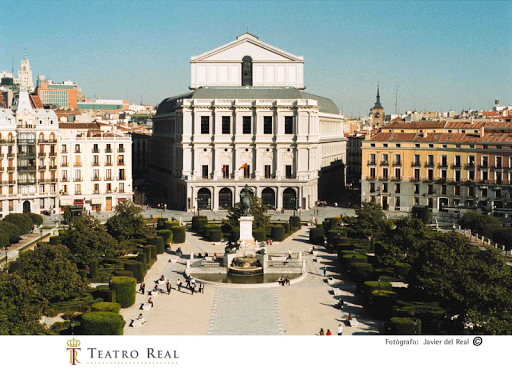'Santería' in Cuba
The yoruba religion and mythology of Africa was originally brought to America through the trading of slaves, and had a strong prominence in Cuba, and this religion is nowadays considered as an inherent part of Cuban culture. For the yorubas, the Catholic saints had their own representatives that once live on earth, and these had a process of assimilation and equivalence, so for instance Saint Peter would be the yoruban equivalent of Oggún.
 The orichas (deity or god) were praised in festivities with music and dance and these rituals were defined by anthropologist Vittorio Lanterni under four constants: sociability, participation, the act of ritual and the temporal and symbolic annulment of order. In the example below, oricha Oshun dances to the rhythm of the batá drums, which were used for the most religious aspects of the ceremony.
The orichas (deity or god) were praised in festivities with music and dance and these rituals were defined by anthropologist Vittorio Lanterni under four constants: sociability, participation, the act of ritual and the temporal and symbolic annulment of order. In the example below, oricha Oshun dances to the rhythm of the batá drums, which were used for the most religious aspects of the ceremony.The general aspects of this music is that it alternates between a solo voice and a choir. The choir enters without a secure range and adapts to the solo voice as they sing. The melodic range works as a sort of circular axis of fundamental importance and reaches lower tones when the most expressive climax is reached.
Each oricha has its own dance. The dancer does not have a precise choreography but dances to communicate with the gods, what counts in this dance is what he/she is able to evoke during the process; just as the symbols, rhythms, colours and images intend to do. Below is an example of the oricha Oshun, deity of femininity. Other dances include the Yemayá (oricha mother of all men, universal mother of the seas, profound and mysterious, often depicted in blue garments), oricha Ogún (the lonely, violent hunter, patron to all soldiers and workers) or oricha Shango (owner of the lightning and fire, virile and intelligent).
We see here many coincidences with occidental religions, but the manner in which they express it is undoubtedly unique, fascinating and radiant.
Oricha Oshun Dance
For more info, check this great article by the cuban writer Victoria Eli Rodriguez, 'Religious and Festive Space of "Santería" in Cuba: Music and Dance', Universidad Complutense de Madrid.https://cv4.ucm.es/moodle/pluginfile.php/4954040/mod_resource/content/2/%C3%81frica%20y%20Cuba_textos%20de%20Eli%20y%20Guerra.pdf




Comentarios
Publicar un comentario